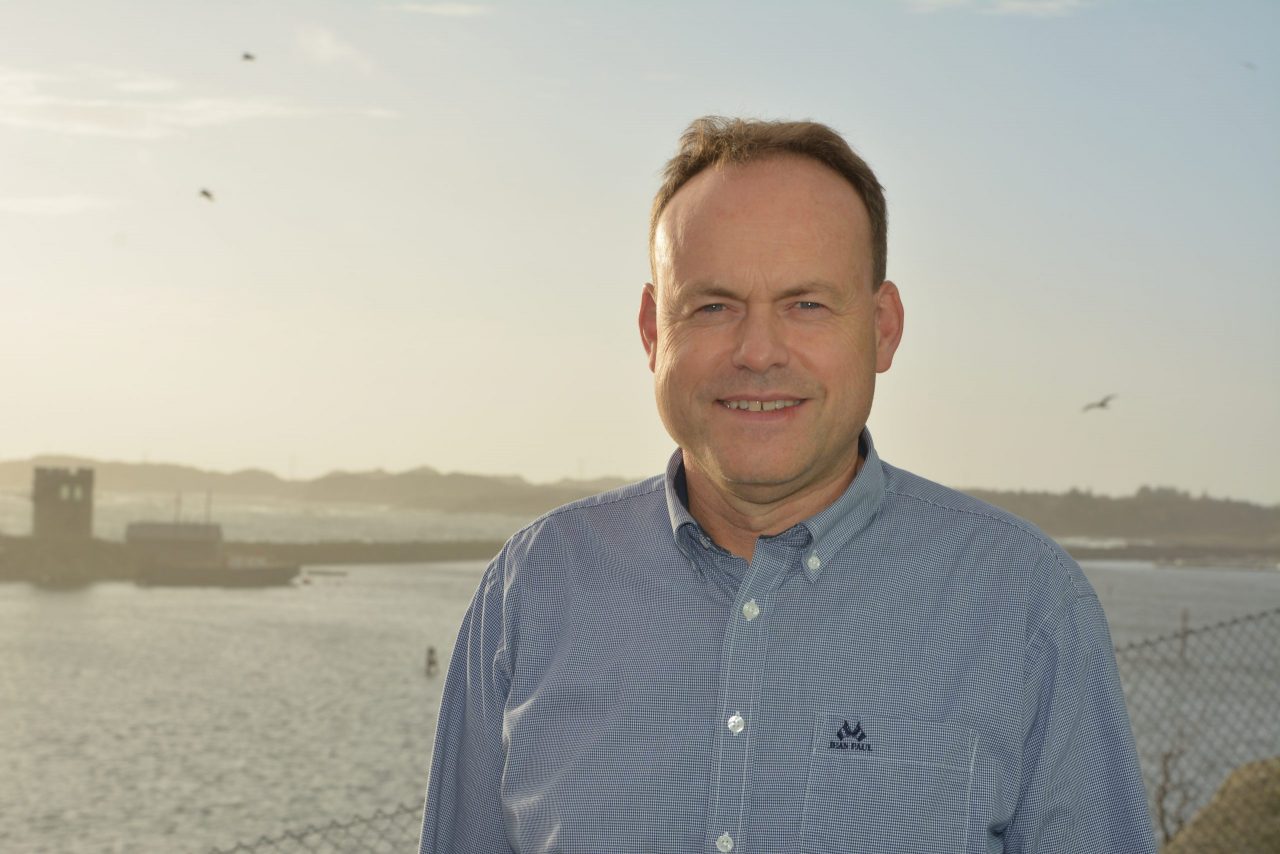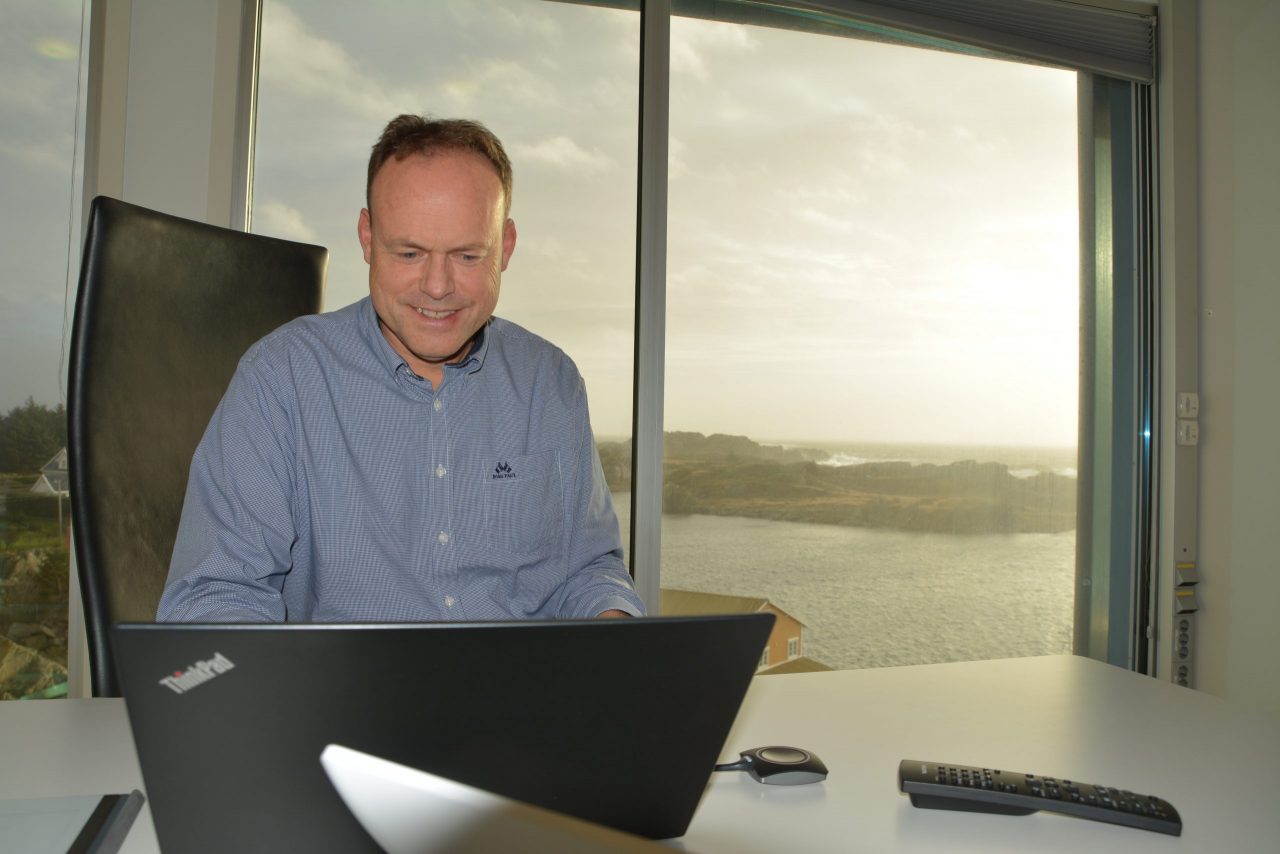
For the last three years, Solstad Offshore ASA has utilized Profitbase’s risk solution, yielding various benefits.
-Previously, we worked with simple spreadsheets, creating a top-ten list to rank risks, such as market, cost, or financing risks, says Tor Inge Dale.
A More Systematic Approach
Two years ago, Tor Inge became the Chief Sustainability Officer at Solstad Offshore ASA. Upon assuming his role, he quickly identified the need for more systematic risk assessment tools, leading to the adoption of Profitbase.
-As part of our board reporting, like all major companies, we need to conduct risk assessments and identify the highest risks for our company. At the time, we used spreadsheets, Tor Inge explains.
-In the management team, we agreed to professionalize and take more ownership of the various risks, allowing us to work more systematically with them. Risks can change over time, he adds.
Although he took on a new role in 2021, Tor Inge was not new to the company. He joined in 2008, having held roles such as operations manager, operations director, and being part of the executive management. The company employs over 3,400 people and operates a fleet of around 80 vessels globally, making robust risk assessment tools essential.
-Was it difficult to implement Profitbase’s risk solution?
-No, the software was up and running very quickly, confirms Tor Inge.
Risk Management in Daily Operations
-We work with risk daily at the operational level, but this was more at a corporate level for top management and the board, Tor Inge explains.
Since adopting Profitbase, spreadsheets are a thing of the past for board reports.
-Now, we simply copy the list from Profitbase’s risk solution with numbers for before and after, and any residual risk. We have also created processes within our management system, assigning responsibilities, he says.
While they don’t adjust daily since their global context doesn’t change often, it’s useful to have assessments ready for sudden changes.
-For example, when the war in Ukraine broke out, we had overnight risks. We had contracts for seafarers in Russia, and suddenly we couldn’t operate there. How would that impact the company? Is it on the top-ten list? It’s useful to have this assessed systematically, he explains.
-If someone asks, whether it’s an audit, a reviewer, a bank, or the board, we can show we have a system, and what’s there is well-founded. It’s not just a number; it’s detailed: the risk, our actions, and the processes resulting in residual risk, he adds.
Profitbase’s main function is providing a comprehensive overview of risk exposure, enabling the company to anticipate problems before they arise.

Sustainability and Risk Assessment Hand in Hand
Anticipating problems aligns with Solstad ASA’s commitment to sustainability.
-Oil and gas are declining, and renewable energy is rising. This shift is a risk on our top-ten list. We monitor how much investment and activity are in renewable energy, Tor Inge explains.
-If you want to change something, you must measure it. Knowing where you are helps plan where you want to go and what to do. This way, we can gradually shift towards sustainability, he says.
-Can you easily retrieve information from the Profitbase system?
-Yes, we assess risks, plan risk-reducing measures, and ensure we don’t end up with ‘stranded assets,’ like unusable vessels. This is a business risk. We must ensure our vessels are future-ready by reducing emissions and working in green, forward-looking areas, he explains.
Forward-thinking and Green Operations
For over a decade, Solstad has pursued “Solstad Green Operations,” an internal competition to reduce fuel usage, leading to significant savings.
-We started aiming for 140 green operations a year, now our KPI is 20 per vessel per month, achieving over 20,000 actions in 2022 alone, Tor Inge shares.
-Saving around a million tons of CO2 and hundreds of millions of kroner annually in diesel costs benefits both us and our customers. We aim for net-zero emissions by 2050, having already achieved 20% operational savings, he notes.
Solstad is ISO 14001 (environmental) and ISO 50001 (energy management) certified, focusing on reducing environmental impact.
-Do you incorporate sustainability into your risk models?
-Yes, but at a higher level. Not addressing sustainability is a risk itself. We want to excel in this area, and having the right tools, like Profitbase, helps us manage and track our progress, he concludes.


